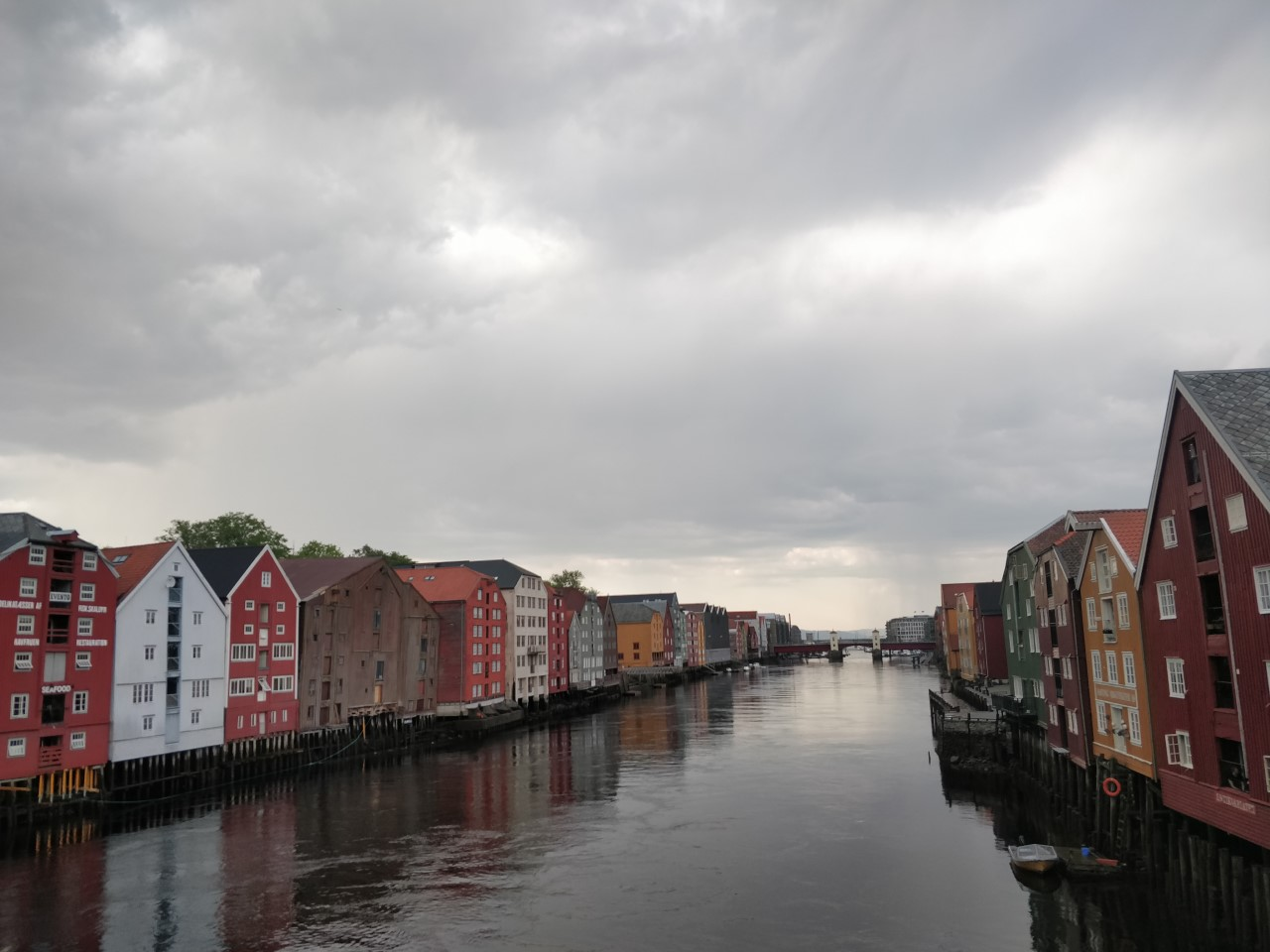At the initiative of Finance Norway and based on a collaboration with a selection of insurance companies, Western Research, the Norwegian University of Science and Technology (NTNU) and nine pilot municipalities (Bærum, Grue, Kongsvinger, Løten, Nord-Odal, Ringsaker, Stavanger, Tromsø and Trondheim), a dialogue was initiated which facilitated sharing asset-level loss data held by insurers with the cities' planning and infrastructure sectors.
Finance Norway collected and organised disaster loss data from various insurers. Western Norway Research Institute and NTNU assisted cities with importing and analysing the data. Trondheim, for instance, received a subset of insurance loss data, including 17,000 individual damage claims caused by flooding and other events that had taken place within its jurisdiction over 10 years. Around 54% of the claims could be geocoded, i.e. associated with a given location. The geocoding of the incidents was done by the research institutes, to compensate for the lacking expertise and capacity in the city. The data was then ground-truthed by the City of Trondheim’s staff and contributed to their overview of risks related to urban flooding. For example, the insurance claims dataset highlighted some areas affected by intense precipitation, which were previously not identified by the local government as vulnerable.
All municipalities agreed that the dataset on damages is a useful additional information for flood risk management and/or adaptation to climate change. For GIVAS (an inter-municipal company for municipalities of Grue, Kongsvinger og Nord-Odal kommuner), the combination of this dataset with the digital terrain models provided valuable information about areas at risk. Whilst the damage risk in central parts of towns were well-recognised, the insurance dataset had improved the understanding of risk in more remote areas. In some municipalities the data was used to develop various plans. In Bærum, the access to industry data has supported the identification of problem areas with regards to water and drainage, for example indicating a concentration of damages around covered streams. The dataset was used in the formulation of the Cloudburst Plan for Bærum. Also, the municipal spatial plan prioritises uncovering of streams to reduce the risk of flooding. In addition, the municipality has used insurance damage data in connection with planning of interventions related to water and drainage, as it helped to pinpoint the causes of damages and thus to direct actions.
However, the extent to which local authorities benefitted from the insurance loss data varied among the cities and depended on the availability and extent of other flood-damage datasets held by the authorities, the expertise among civil servants to process it and spatial and temporal accuracy of the insurance claims datasets.
The dataset was also seen as useful for financial and spending plans. For Løten, the cost overview of damages from the insured losses was seen as a good argument for the local politicians to provide budget for water management. In Tromsø, this type of data emphasised the need for new skillsets and new work tools, such as software allowing working with this type of data in spatial context.
As a side effect, the pilot project has raised awareness on climate change and improved knowledge of how climate change affects society. Numerous research projects were undertaken to investigate climate-related risk factors, risk awareness, risk management and risk prevention. Some of these studies were funded by the Norwegian Agency of Environment.
This project has since led to a national collaboration between the Norwegian Directorate of Civil Protection (DSB), the National Flood Agency, the State Road directorate and Finance Norway with a view to the future establishment of a national loss data platform under DSB, “The Knowledge Bank” (DSB Kunnskapsbanken). The Knowledge Bank was launched November 2020. It gives extending access to local (on address level) insurers’ loss data and other public loss data to all cities in Norway and to the Norwegian Flood Directorate (NVE). The public will have access to the data on municipality level. Establishing a database for public use and research using aggregate, anonymised data on climate-related damage from the insurance companies and the Norwegian Natural Perils Pool was a recommendation of the Official Norwegian Report NOU 2010:10 to the Ministry of Environment ‘Adapting to a changing climate. Norway’s vulnerability and the need to adapt to the impacts of climate change’. The goal is to achieve better overview and knowledge about undesirable events and disasters, and thus to strengthen work on societal safety, enhance disaster prevention, and reduce losses.



